Plants that can survive desert climates are usually the cacti species like organ pipe cactus or barrel cactus. The cactus has recently gained a lot of popularity, and you will see them around a lot, both indoor and outdoor. Do not assume that desert plants do not bear flowers because popular desert plants like California poppy and desert lily bloom little flowers.
Characteristics of Desert Plants
- This kind of plant requires full sun, and no shade at all is not a problem.
- The trees that do not have watering needs like shrubs and drought-tolerant plants.
- Plants that can grow well in sandy and arid soil.
- Whether the nights are cold or hot, desert plants can easily tolerate hot temperatures like cactus and succulents.
Best Plants for Desert Garden Landscaping Ideas
Bougainvillea Vines for Desert Landscaping
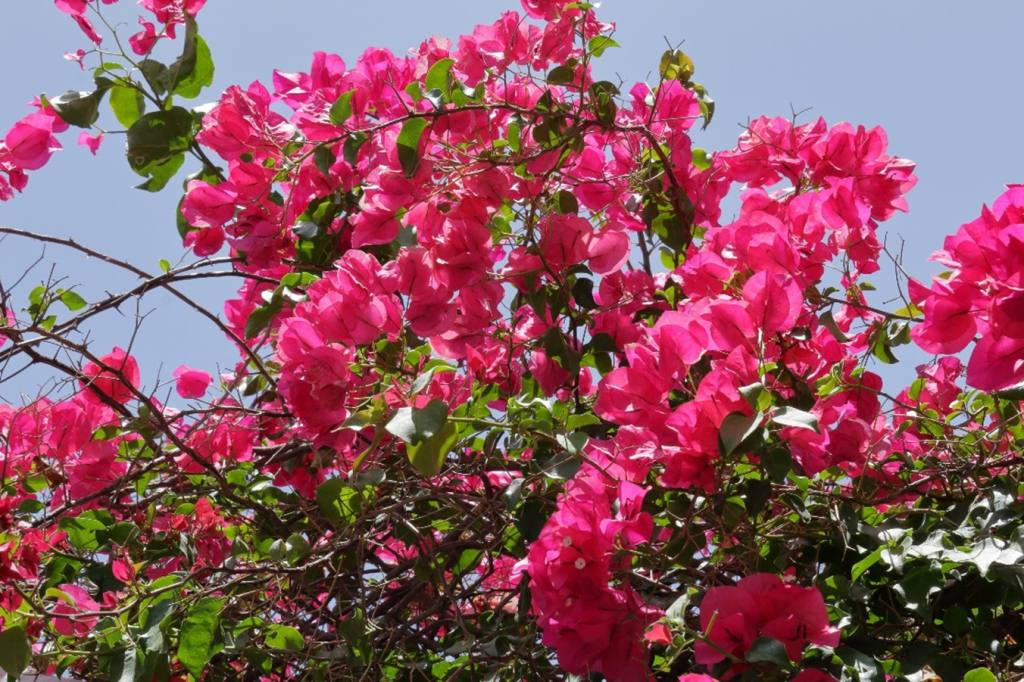
Bougainvillea is the botanical name given to woody vines that are shrubs and tend to grow better in hot temperatures. They are easy to grow, but unlike other desert shrubs, the leaves might fall if the watering is insufficient.
Culinary Sage for Desert Landscaping

Culinary sage is a group of small genus salvia. Salvia is the botanical name of the species, and it has evergreen foliage with woolly grayish leaves. They are little shrubs that can also be utilized while preparing food. It adds an earthy refreshment to your meal.
Bottlebrush Plant for Desert Landscaping

Bottlebrush Plants are not the fastest-growing plants, but you will be impressed by the variety of sizes it has to offer. They can be grown as dwarfs around 3 feet and grow as large as 15 feet. They are known for their bright flowers that feed hummingbirds and appeals to bees and wasps.
- Economical 4 Inch Starter Size Plant Growing In A 4 Inch Starter Size Pot. No bloom or bud on...
- Slow Dwarf Grower Vivid Red Flowers
- Low Maintenance
- Showy Conversation Piece Attracts Birds, Hummingbirds, Butterflies
- Semi Tropical. Recommended for USDA Zones 8, 9, 10, 11 (Cold Protection Recommended All Zones for...
Red Bird of Paradise for Desert Landscaping

Red bird of paradise is a perfect fit for your desert landscape. It is a flowering broadleaf that can grow in tropical and subtropical regions and is mostly evergreen. These evergreen shrubs bloom flowers in shades of red, yellow, and orange. Redbird of paradise is one of the most popular picks in this category because they are non-maintenance, easy to grow, and fits in every price range.
Lantana Plant for Desert Landscaping

Lantana Plant is an evergreen shrub with yellow and pink flowers and is evergreen in nature. The flowers are supposed to grow in a cluster, and owners prefer them hanging in pots. The leaves of this plant are known for their citric scent that makes the surroundings pleasant.
Joshua Tree for Desert Landscaping
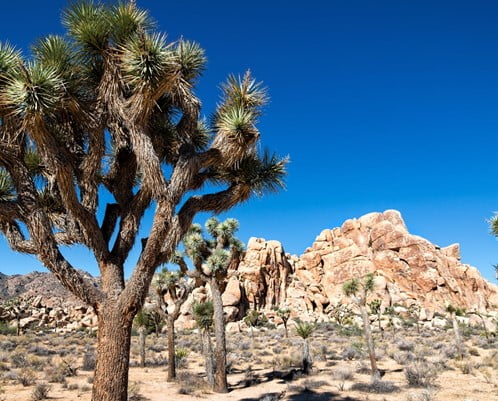
Joshua tree is very popular in the Mojave Desert, and it is categorized under yucca plants. This tree is huge and loves standing in the strong sun, and can grow up to 50 feet. However, it is a slow-growing tree, and it takes time to reach its maximum height. You can enjoy a barn element in your backyard with this tree, as leaves tend to grow at the end of thick branches.
Bunch of Tips for Enhancing your Desert Landscape.
Add a Splash of Paint
We know as soon you read this, you are attracted towards vibrant and bold colors. But we would advise you to think in the opposite direction. When it comes to desert landscaping, the color palette should favor colors like chocolate brown, deep reds, dusty oranges, or light tan. This will give an amazing backdrop to your whole setup.
Avoid Pool
No matter how beautiful a pool looks in your backyard, when you are planning a desert-like landscape, water loss through evaporation makes it an impractical step to take.
Stunning Fire Pit
We know what you are thinking. How will a fire pit make sense in a desert landscape? The days in the desert are hot, but as the night arrives, the temperature tends to drop, and that is when you can use the warmth of the fire pit to have a good family time.
Dry Riverbeds
Dry riverbed becomes an excellent choice as it appreciates the local environment and creates a stunning focal point. This adds an authentic southwest flavor to your backyard.
Create Pebble Pathways
Backyards are a good choice to take a morning walk. When you create a pebble pathway around your yard, it creates a track and adds a Japanese touch to it. This makes it more beautiful, and you can also add a coffee table to enjoy your breakfast in the fresh air.
Advantages of Desert Landscaping
- With the increasing water shortage, desert landscaping is a very sustainable way to save water as plants like cactus and shrubs have minimal watering needs.
- Minimal requirement of water also makes it an eco-friendly option.
- They are very tough in nature, and that is why they can be maintained easily.
- They look rich and classy in your backyard, and the deep colors make it a better choice.
Conclusion
If you stay in a very hot region then desert landscaping ideas can be an ideal choice. You have already seen the benefits, and you will soon enjoy them once you get your own landscaping done either by yourself or by a professional.
Stay with us to know more about what can be done better in your backyard to make it more useful and attractive.

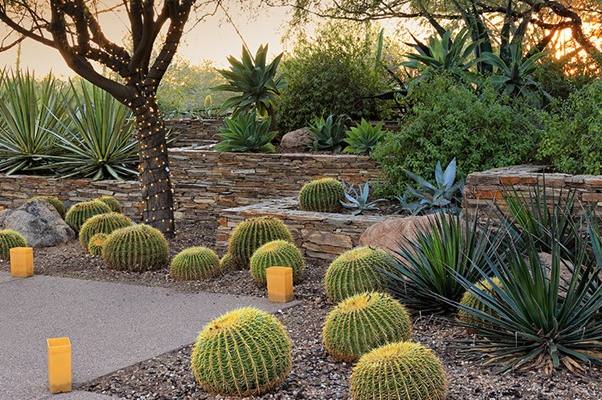

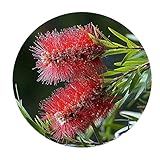



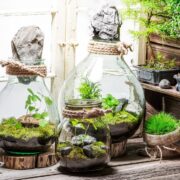
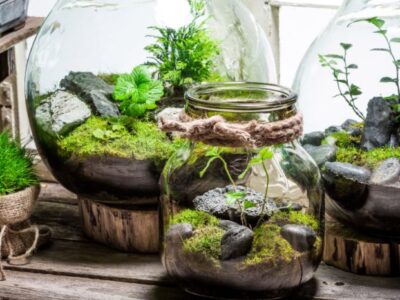

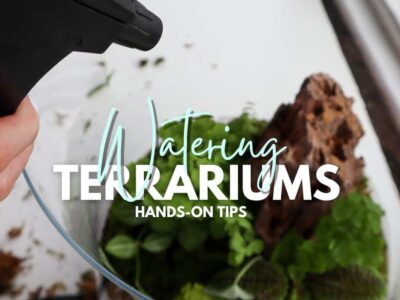
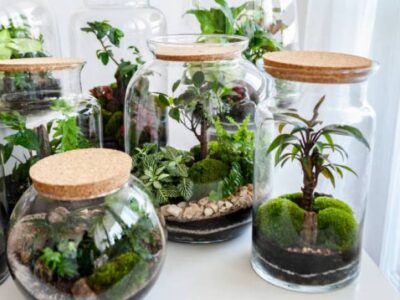
Comments